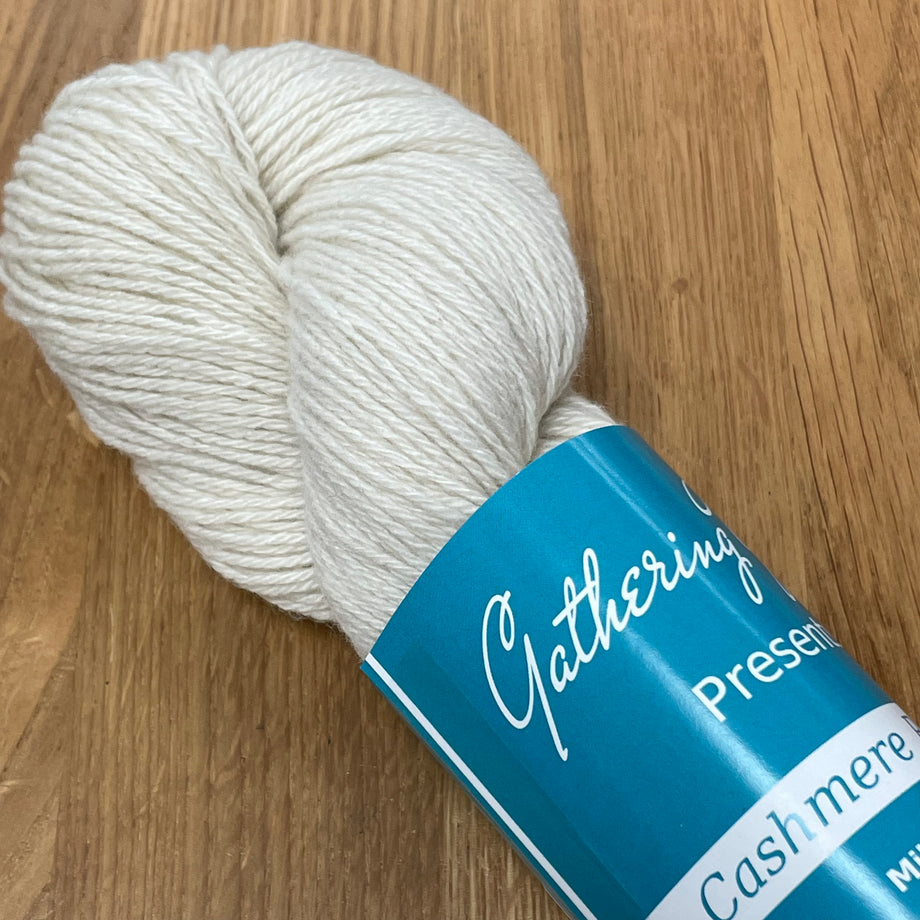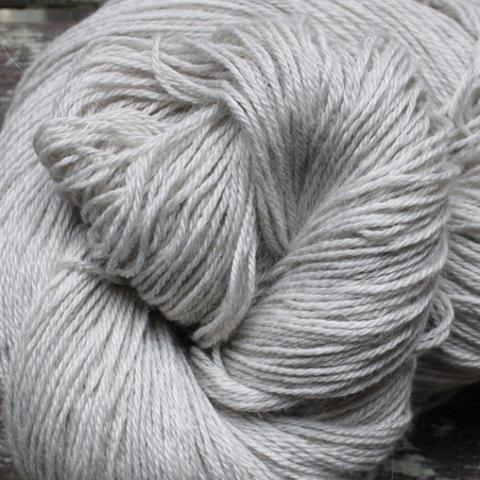Discover the Attraction of Cashmere a Natural Fiber: Why It's a Must-Have in Your Closet
The attraction of cashmere, a luxury natural fiber, goes beyond simple looks. Stemming from the Kashmir region, this lightweight yet sturdy product has woven its method right into high-end style because of its one-of-a-kind residential properties and flexible appeal. From discussing its interesting origin to understanding its production quality, care, and procedure, it deserves exploring why cashmere holds such an unique place on the planet of textiles. Discover the class and material of this fiber as we embark on an exploration of its appeal.

The Origin and Background of Cashmere: A Brief Review
While numerous might check out cashmere as an easy luxury, its background is steeped in abundant social custom. Stemming from the Kashmir area in India, cashmere wool has actually been generated for hundreds of years. The fiber is gotten from the soft undercoat of cashmere goats, harvested throughout their molting period. As a priceless commodity, it was traded along the Silk Road, ending up being extremely valued in Europe in the 18th century. The name 'cashmere' is an old English derivation of Kashmir. Despite its international appeal, most of cashmere manufacturing still continues to be in Asia, particularly China and Mongolia. This historic journey highlights the cultural significance of cashmere, transforming it from a local specialty to a global high-end.
Comprehending the Distinct Features of Cashmere Fiber
Cashmere, renowned for its unique characteristics, attracts attention worldwide of fabrics. This lavish fiber is extremely soft, giving a relaxing and comfortable feel unlike any type of various other. It is considerably warmer than woollen, making it an excellent choice for winter garments. Despite its warmth, cashmere is remarkably lightweight and doesn't include unneeded mass. This natural fiber is likewise understood for its resilience. While other products might put on down with time, cashmere preserves its high quality, making sure durable wear. Cashmere has a distinct visual appeal. Its gentle luster and style make it a staple in premium style. Recognizing these properties makes clear why cashmere is not simply a luxury, yet a rewarding investment for any wardrobe.

The Process of Producing Cashmere: From Goat to Garment
To value the lavish residential properties of cashmere fully, one need to recognize its journey from the raw fiber to the finished product. The process starts with the cashmere goats, mainly located in Mongolia, China, and Iran. The soft undercoat of these goats, collected throughout their natural molting period in springtime, gives the raw product. This fragile fiber is then carefully separated from the coarser external hair in a labor-intensive process referred to as dehairing. The pure cashmere is after that colored, rotated right into thread, and ultimately weaved or woven right into the coveted garments. Each step is meticulously performed to preserve cashmere's noteworthy heat, soft qualities, and resilience. This detailed process results in the production of an absolutely extravagant fabric.

Decoding the Quality and Rate: Why Is Cashmere so Expensive?
The steep price of cashmere garments commonly leaves customers questioning concerning its validation. The expense stems primarily from the tough manufacturing procedure. is cashmere a natural fiber. Cashmere originates from the fine undercoat of the cashmere goat, with each goat creating a simple 150 grams annually. The labor-intensive process of brushing and collecting the rare fiber this website substantially drives up the cost. Additionally, the processing of raw cashmere needs both time and competence, with the fibers needing to be thoroughly sorted, cleaned, and spun. Furthermore, the deficiency of pure cashmere, paired with its exceptional softness, warmth, and toughness, warrants its high-end standing and high rate. These factors combined make cashmere a pricy yet very popular asset worldwide of fashion.
Cashmere in Fashion: The Adaptability and Timeless Charm
Regardless of its high rate, the timeless appeal and flexibility of cashmere have actually solidified its area in the world of style. The versatile nature of cashmere permits for its integration into both informal and formal clothes, indicating its wide charm. As patterns come and go, cashmere stays a constant, its appeal undiminished, proceeding to form the style and influence industry's landscape.
Caring for Your Cashmere: Upkeep and Conservation Tips
Making certain the more information durability of cashmere garments calls for particular care and attention. These treasured belongings should not be thrown into the cleaning maker with regular washing. Instead, hand cleaning with gentle, pH-neutral soap in lukewarm water is encouraged. After cleaning, they ought to not be wrung out. Rather, they must be carefully pushed between towels to absorb excess water, after that laid flat to dry. Regular brushing with a cashmere comb can protect against pilling. Storing these products in a cool, dry location, preferably in a breathable bag, can shield them from moths and moisture (is cashmere a natural fiber). A periodic airing outside, far from straight sunshine, can revitalize the fibers. With these upkeep and preservation suggestions, one can ensure their cashmere continues to be luxuriously soft and sturdy.
Verdict
Cashmere, with its unrivaled gentleness and warmth, provides both deluxe and durability. Its beginning from the Kashmir area and meticulous production process contribute to its premium appeal and price. Its flexibility in vogue and withstanding charm make it a worthy financial investment for any type of closet. With appropriate treatment and conservation, cashmere garments can last for many years, offering a special mix of convenience, top quality, and design. Discover the appeal of cashmere and elevate your fashion arsenal.
